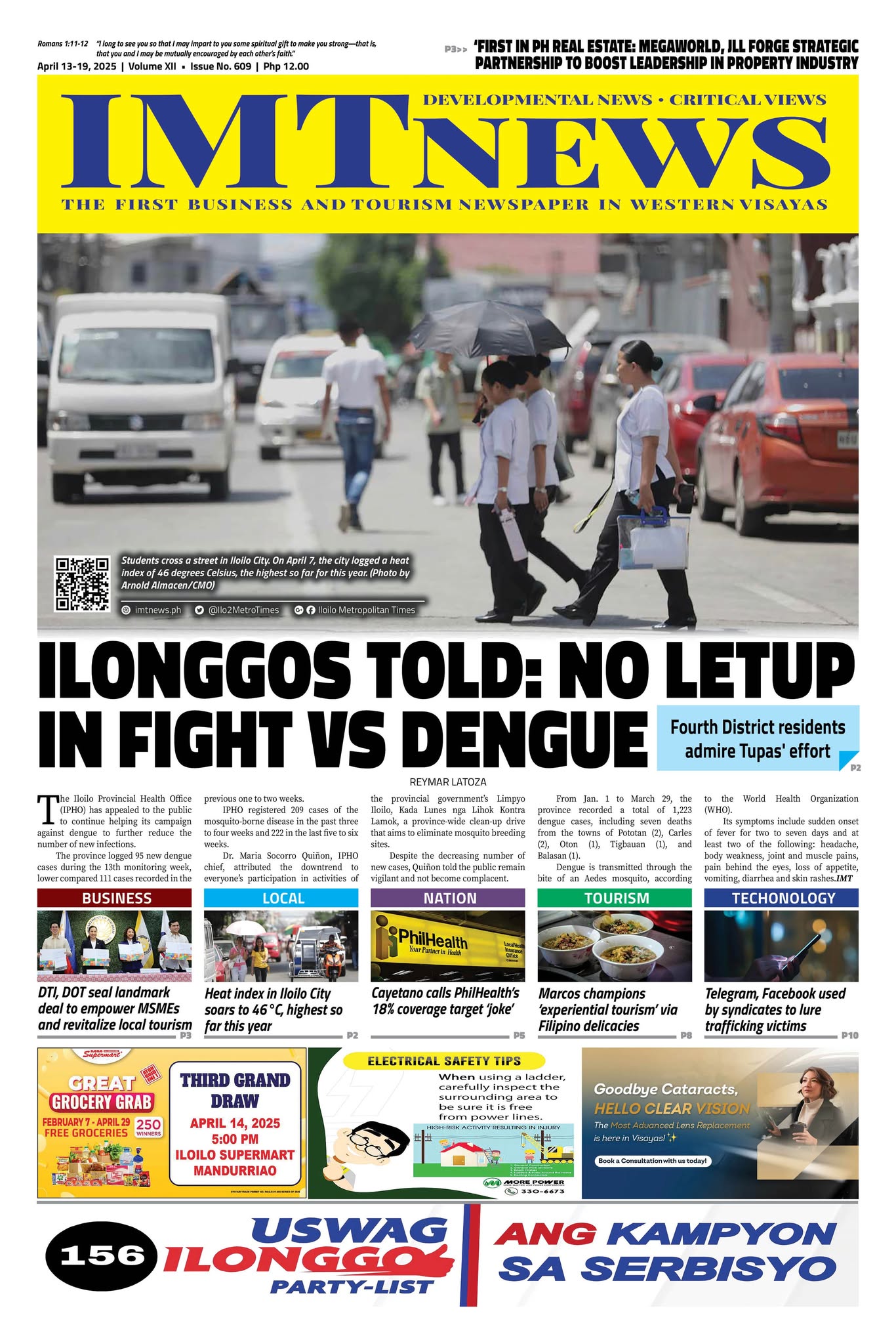The Iloilo City government has allocated P20 million to establish rainwater harvesting facilities and water purifiers amid the El Niňo phenomenon.
Mayor Jerry Treñas said he has already signed the endorsement for the city council to adopt the resolution reprogramming the funds of the City Disaster Risk Reduction and Management Council (CDRRMO) for the purchase.
The CDRRM council passed the resolution during their meeting on Aug. 24.
The city government targets to install rainwater harvesting facilities and water purifiers in barangays with high cases of acute gastroenteritis and where access to water is difficult.
CDRRM Officer Donna Magno, said the latest infrastructure projects of the city government, including the Iloilo City Action and Response centers and plazas have cisterns.
She said several civil society organizations and non-government organizations have already introduced rainwater harvesting in their corporate social responsibility projects.
Magno added that households are also highly encouraged to have rainwater harvesting facilities and conserve water so they won’t have difficulty when the need arises.
She said they are also advocating for behavioral change in water utilization since drought will be the scenario in the next few years.
“The mayor has already created the task force on El Niňo where we talk we have to think of preparedness measures, risk reduction activities to address this, especially the change in behavior when it comes to the use of water,” the CDRRM officer said.
The Climate and Disaster Risk Assessment Report, conducted by the city government, the Ateneo de Manila University, and the University of the Philippines Visayas, showed that due to climate change, “dry days will become drier and longer while wet days will become wetter and shorter,” she said.
“We have to review how we use water, and we have to learn from other cities, which due to lack of access to potable water where businesses and day-to-day living are affected, people start to relocate,” she said.
The 2020 Climate and Disaster Risk Assessment for Iloilo City has identified 25 villages as vulnerable to drought, while five are most at risk, including Barangays Tacas, Lanit, Navais, Sooc, and Hinactacan.
The weather bureau has earlier said that currently, weak El Niño already persists and could result in a dry spell or drought in the next two months.
Some areas in Luzon are already experiencing dry spell, and 36 more provinces across the country are expected to be hit by December, the Philippine Atmospheric, Geophysical and Astronomical Services Administration (PAGASA) said on its July advisory.
Moderate El Niño is seen by the end of 2023. There is an 86 percent probability that El Niño will become moderate between November 2023 and January 2024, PAGASA added.PerlaLena/PNA








